Overview
Uttarakhand is home to a wide range of trekking destinations, thanks to its varied terrain and rich Himalayan geography. Scattered across these mountainous regions, there are numerous villages that not only preserve the local culture but also serve as base camps for these Himalayan trekking destinations and make them accessible for hikers.
Kuari Pass is a popular Himalayan trek located in the Chamoli district of Uttarakhand, India, which is accessible from nearby villages of Dhak and Tugasi. Reaching at the maximum altitude of 12,500 ft/3800 m above sea level, it covers a total distance of about 33 km in a loop starting from Dhak and ending at the same point. This trail offers an easy to moderate trekking experience in terms of difficulty, which makes it suitable for both beginners and seasoned trekkers. Whether you’re a nature lover or an adventure enthusiast, Kuari Pass promises a thrilling journey through the stunning views of the Garhwal Himalayas, in every season and for every kind of explorer. The trek turns into a snowland in winter, a white ethereal beauty to discover. Other seasons are not behind, and every season is a different story filled with different colour palettes.
The trail takes you through ancient oak and rhododendron forests, across expansive meadows like Gorson Bugyal, and ultimately rewards you with jaw-dropping views of some of the most iconic peaks in the Indian Himalayas. The fact that makes this trek famous and the preferred choice for trekkers is the clear and close views of India’s 2nd highest mountain Mt. Nanda Devi (7817 m), which is not just clearly visible but is closer than ever, that too after an easy-moderate level 5-day trek. Such breathtaking views of Himalayan peaks are not common on most treks in Uttarakhand.
You can spot other Himalayan peaks like Chaukhamba (7014 m), Kamet (7756 m), Hathi Parbat (6727 m), Gauri or Ghori Parbat (6708 m), Neelkantha (6500 m), Mana (7274 m), Deoban (6855 m), Trishul (7120 m), etc., clearly and closely on this trek.
The pass is said to be explored by Lord Curzon, the Viceroy of India, in 1905. Since then, the nickname “Lord Curzon Trail” has been used and since then the trail became a beloved route for hikers from all over the world. The trek was famous among Americans and Europeans at that time; it was considered tough and the exquisite views charmed everyone.
Historically, many of these pass routes were vital trade routes in connecting valleys and communities for centuries. However, trade through these passes has ceased over time and now they are open for adventurers and nature lovers from across the world. One such route is the Kuari Pass, which is also famous as one of the oldest trekking routes in the Himalayas.
Geographically, a pass is a ridge point on a mountain range which has a lower altitude among all surrounding points and because of that it often connects valleys on either side of the range.
Kuari Pass Trek Itinerary
Drive Distance: 250 km
Drive Time: 9-10 hours
Altitude: 6,150 ft
Highlights: A scenic drive with a view of the Uttarakhand Himalayas
Joshimath is 250 km away from Rishikesh, which takes around 9-10 hours to reach. We will start our journey early in the morning to cover the distance in daylight and have ample time to acclimatise to higher altitudes.
The road journey will be filled with incredible Himalayan mountain views, rivers and their confluence, which, in the Sanskrit language, is called “Prayag”. During our drive, we will encounter 4 out of 5 prayags.
First, we will come across “Devprayag” (the last one), where the Alaknanda River meets Bhagirathi to form the holy river Ganga. Next, we will see Rudraprayag (4th), where Alaknanda meets the Mandakini River. At Karnaprayag (3rd), Alaknanda meets the Pindar river. Lastly, at Nandprayag(2nd), Alaknanda meets the Nandakini river.
We will spend the night at Joshimath and get recharged for the trek the next day.
Tip – It is advised that trekkers reach Rishikesh on Day 0, which is a day prior, to avoid delays. The bonus point is that by reaching Day 0, you can take a short tour of Rishikesh. Another option is to experience thrilling water activities available, like river rafting in Rishikesh.
Trek Distance: 5 km
Trek Time: 2-3 hours
Altitude Gain: 2,850 ft ↗
Altitude: 9600 ft
Dhak village is 11.1 drive away from Joshimath, which takes approx 45 mins – 1 hour to cover. After this short drive to Dhak village, our trek starts towards Gulling Top via Tugasi village, our first campsite.
The trail will be a bit steep from the beginning as we hike up and a few abrupt “T” turns will add fun to the twisting ways. The route towards Gulling is filled with trees of oaks, maple, pine, and walnuts, giving you a chance to enjoy fresh nuts right off the tree. The gulling top is a vast open field providing beautiful views of various snow-covered mountain peaks like Mt. Dronagiri.
Look out for the sparkling stream of Dhauli Ganga in the nearby chasm and Vishnugad Tapovan Power Station on the way. We will reach the upper Tugasi region via Kharchi village and, after another short hike, be welcomed by a calm forest and colourful bed of flowers at Gulling Top, given the season you decide to trek.
After our hike for the day, we will stretch and enjoy a delicious hot dinner.
Trek Distance: 7 km
Trek Time: 4-5 hours
Altitude Gain: 1,400 ft ↗
Altitude Gain: 11,000 ft
After a delicious breakfast, we will head for Khullara Top. The ascent climb of 3.5 km is a little bit steep but after yesterday’s hike, you will feel more comfortable and confident.
The whole trail will go through the deep forest of Oak, Thunder, and Cedars. Throughout the hike, Mt. Dronagiri will follow you along other peaks. You will find small clear water streams here for drinking water.
Khullara Top provides a grand space for camping, like a small bugyal, with the Himalayan Peaks as a one-of-a-kind backdrop in any real-life scenery.
Trek Distance:14 km (to & fro)
Trek Time: 7-8 hours
Altitude Gain: 1,516 ft ↗
Altitude: 12,516 ft
We will cover the most awaited part of the trek today, which is the summit of Kuari Top and Kuari Pass. Both Kuari Top and Kuari Pass are at the same altitude at a short distance between them.
The trek today will be long but worth every step. After a steep climb of 1.5 km, you’ll walk on a ridge famously known as “Lord Curzon Trail”. Our trek will continue on this ridge and inclines, finally leading to Kuari Top. From here, you can clearly see many peaks like Dronagiri, Hathi Parvat, Chaukhamba, Neekanth, and so on.
After a short descent from the top and a few kms, you’ll reach Kuari Pass. The trail remains the same for both Kuari Top and Kuari Pass, as both are at the same altitude.
You will see the trail covered in thick sheets of snow during winter, with enchanting scenery of the surroundings. Be prepared with warm layers of clothing and all the necessary items to enjoy the snow the best.
We will retrace back to our campsite – Khullara, and rest well after today’s moderate hike.
Trek Distance: 12 km
Trek Time: 5-6 hours
Altitude Loss: 4,850 ft ↘
Altitude: 12,480 ft
After taking a well-deserved rest, we will start our descent back to Joshimath via the same route, enjoying everything all over again. It will take us around 5-6 hours to reach back. From Dhak or Tugasi, we will take a taxi back to Joshimath. It will be 1 hour drive only.
Upon reaching back, you are free to take a stroll through the town or rest and relax your muscles.
Day 6 is the day to return to Gangotri, the base camp of Gaumukh Tapovan. We will follow the same trail on a 6 to 7 hours long trek. The trail stretches through several wooden bridges and forest areas which will be exciting to pass by.
By noon we will reach Gangotri and check in to our hotel. Today, we will have enough rest and wrap up the Gaumukh Tapovan Trek. During the evening you have the option to attend the aarti ceremony and do some shopping.
Kuari Pass Trek Package
Price Inclusion
5 Night camping stays during the hiking days
Meals from Day 1 dinner to Day 6 breakfast
All the required forest and camping permits
Sleeping bags, Mattresses, Tents, and dining tent
Helmet, Ecobag, and First aid kit with oxygen cylinder
Certified Trek Leader
Trek completion certificate
Price Exclusion
Travel Insurance (Mandatory)
Meals during the transfer
5% GST is not included
Any items not mentioned in the inclusion
For backpack offloading additional fee of INR 3,000 will be charged
Any expenses arising from emergencies or personal expenses
Transportation from Rishikesh to Rishikesh is add on at INR 2,500 per person
Check the booking procedure here, including details on booking deposits, payment terms, and the cancellation policy.
Best Season to Visit Kuari Pass
Kuari Pass is famous as a winter trek; apart from the months of Monsoon (July-August), it remains accessible for 10 months of the year. With a different colour story in every season, Kuari Pass becomes a perfect trek choice for every season.
Months – November to February
Temperature – Day: 5℃ to 10℃ | Night: -5℃ or below
Kuari Pass is a famous winter trek because of its accessibility even in thick snow. In winter, the whole trail will be covered in snow, emitting a white glow. The tall trees sprinkled with powdery snow, frozen lakes, and no visible wildlife give you a Narnia-like vibe in real life. The chilly weather with cold winds adds more to the experience of trekking in snow.
Though trekking becomes a bit challenging in snow, it remains manageable and a perfect beginner-friendly snow trek. With proper gear and guidance, the trek can be done with ease while enjoying the snow.
- Months – March to April
- Temperature – Day: 13℃ to 17℃ | Night: can drop to 0℃
In spring, the greenery and colours again seep back into the area as snow starts to melt. You may find snow in upper areas like Gorson Bugyal, and at Kuari Top, the snow will remain even in spring.
Spring is the ideal time to do Kuari Pass Trek as the weather is pleasant, with cold breezes and not freezing temperatures. With less snow, you can walk freely without additional gear and enjoy the colourful blooms of the season. The famous flower of Buransh (Rhododendrons) will meet you in vibrant hues of red and pink.
- Months – May to June
- Temperature – Day: 18℃ to 24℃ | Night: 3℃ to 8℃
Summer in the mountains is warm with cold breezes and a sunny day. Though the temperatures at night will still drop, acting as a cool balm. Kuari Pass in Summer season is an optimum time to do this trek if you want clear skies, no harsh weather and crisp-bright days.
Remember, in summer, the forest fires become common and the views might not be clear because of soot and smoke.
- Months – Mid-September to Mid-November
- Temperature – Day: 10℃ to 15℃ | Night: May drop to 0℃
Kuari Pass in Autumn is the perfect season for anyone chasing the clearest views of the great Himalayas.
After the monsoon, the skies appear clear, providing the clearest views of the peaks without any harsh weather conditions. The surroundings will be draped in shades of brown and golden as trees will be shedding their leaves, making a delightful tapestry for you.
Difficulty Level of The Trek
Kuari Trek is an easy to moderate-level trek, perfect for both beginners and seasoned trekkers. The trek is easy because it is not a long trek, with gradual ascending every day, not difficult gradient terrain, and no long walking days except for Kuari Top climb, even that is not technical.
As a prominent winter trek, walking in thick snow also takes it to a level higher than easy; it will challenge you both physically and mentally.
All trekkers are advised to start following a workout routine, a combination of both strength training and cardio. Being physically fit will help you enjoy the trek more without wasting time gasping and panting.
Preparation for the Trek [Physical Fitness, AMS]
Hiking is all about fun, adventure, finding yourself, etc, but only for those who are mentally and physically fit. Because activities like treks, adventure, especially Himalayan treks, challenge you on different levels in unimaginable ways and situations.
Kuari Pass Trek falls under a moderate-level trek. Being fit is like being equipped with the right weapons for a battle. With a fit body and strong mind, you can make the most out of your trek.
The trek difficulty dictates your level of fitness and preparations for it. As mentioned above, it is moderate level trek and proper preparation is needed as it’s mountainous terrain.
Define why physical and mental preparation are important for Kuari Pass as per the terrain and challenging sections on the route.
1. Exercises to achieve the goal
- Running: Aim to run 3 km within 15 minutes over flat slope.
- Cardiovascular Training: Running, cycling, and swimming to boost stamina.
- Strength Training: Focus on leg exercises like squats, lunges, and step-ups for endurance.
- Core Strength: Planks, mountain climbers, and Russian twists to maintain balance on uneven trails.
- Flexibility Exercises: Stretching, yoga, and dynamic warm-ups to prevent injuries.
- Mental Conditioning: Visualisation techniques, breathing exercises, and meditation to strengthen focus and manage stress on difficult days.
- Exercises with Weights: For this moderate to difficult-level trek, practice exercises with weights. Seek professional advice accordingly.
- Diet: Incorporate proteins like lentils, eggs, paneer, whey protein, etc for fast recovery after a strenuous trek. Whole grains like wheat, barley, etc for sustained energy, and leafy greens like spinach, bitter guard, and any seasonal veggie for those extra nutrients and building the immunity system.
- Muscle Recovery: Plan rest days and add stretching, relaxing yoga poses or foam rolling after every workout.
- Stay hydrated: drink 2 to 3 liters of water. To incorporate more nutrients, including coconut water, fruit, and vegetable juices.
- Limit alcohol and caffeine consumption.
- Start sleeping upto 8 hours.
Altitude Sickness happens when your body cannot adjust to lower oxygen levels at higher altitudes. This happens mainly because your body doesn’t have enough time to acclimatize to a higher altitude or not enough time to get used to lower oxygen levels. Kuari Pass is situated at a high altitude location and avoiding altitude sickness preparation can lead such beautiful trek into a worst experience of the Himalayas.
How to Prevent AMS –
- Gradual Ascent: Climb slowly to give your body time to adjust.
- Hydration: Drink plenty of water to prevent dehydration.
- Rest and Sleep: Ensure ample rest, especially as you reach higher camps.
- Avoid Alcohol: Limit alcohol and caffeine, which can lead to dehydration.
What to do –
- Most Important – Inform your trek leader as well-trained leaders and experience they can assess the situation better and find solutions faster.
What trek leader may suggest? Trekkers without agency should also know these instructions –
- Stop and Rest: Pause your trek to recover.
- Descend if Necessary: Descend immediately to Sankri Basecamp. Our team with the vehicle and necessary help will be there for further action.
- Stay Hydrated: Drink water and avoid strenuous activity.
- Seek Medical Help: After descending, our team will take you to the nearest hospital if needed. If solo, then descend and seek the closest medical help.
- Nearest Hospital Details –
- Address –
- Contact Number –
Trek Essentials
- 45-60 Ltr Bag Pack With Rain Cover & Comfortable Straps
- Hot and Cold Water Bottle Like Borosil and Milton
- Energy Bar, Dry Fruits, and ORS
- Personal Medical Kit
- 1 Pair of Sunglasses (UV Protected)
- 1 Neck Gaiters (Buff)
- Tiffin Box
- 2/3 Full Sleeves (Non-Cotton)
- 1 Full Fleece T-Shirt
- 1 Fleece Jacket (Woolen or Sweater)
- 1 Down Feather/ Hollofil Jacket
- 1 Waterproof Jacket/ Poncho
- 1 Pair of Thermal Inners (Upper and Lower)
- 2 Trek Pants (Avoid Shorts and Denim Pants)
- 1 Pair of Waterproof Gloves
- 1 Pair of Woolen Gloves
- Sun Cap
- Woolen Cap
- 4 Pairs of Cotton Socks
- 1 Pair of Woollen Socks
- 1 Waterproof and High Ankle Trekking Shoes
- 1 Pair of Floaters
- Hand Sanitizer and Sunscreen Lotion
- Toothbrush and Toothpaste
- Toilet Paper
- Quick Dry Towel
- Lip Balm and Antibacterial Powder
- Moisturizer
- Aadhaar Card, Pan, or Passport for Applying Permit
- Trek Insurance
- Medical Certificate
- Self-Declaration Form
- Sleeping Bag
- Common Tent
- Mattress
- Dining Tent
- Camping Stool
- Walkie Talkie (For Team)
- Utensils
How To Reach for Kuari Pass Basecamp
If you choose to reach Rishikesh by flight, it is the easiest and quickest medium. However, the air flight does not take you directly to Rishikesh, but to Jolly Grant Airport in Dehradun, the nearest airport from the city. It is located approximately 15 kilometers from the city center, where several domestic airlines operate regular flights to and from Rishikesh. Upon landing at the airport, you can hire a taxi, vikram, or take city bus to reach Rishikesh.
It is recommended to book your tickets a month or two before your departure date of the trek. Last-minute flight booking is usually higher than regular price.
If direct flights to Rishikesh seem to be pricey, then it will be wise to take flights to Delhi as they are more affordable and cheapest as compared to the direct flight to Jolly Grant Airport. From Delhi, you can reach Dehradun via state bus like UTC, or HRTC or use apps like Abhibus or Redbus. Railways and shared taxis are also good options.
Traveling by train is another great option to reach Rishikesh. You can reach there within a short period as it is well-connected to major cities by train. The Yog Nagari Rishikesh Railway Station (YNRK) serves as the primary railway station while you can also choose Haridwar Junction (HW) for more departure options of train. You can book tickets on various trains connecting Rishikesh to places like Delhi, Mumbai, Kolkata, and more.
You can also travel via road to our pickup point at Rishikesh from your hometown. Rishikesh is well connected by National Highways from/to the major cities of India like Delhi, Kolkata, Chadigarh, etc. So it will not be a problem in getting a transportation to Rishikesh.
This complete section need to be written.
Kuari Pass Trek Route Map
Today’ Weather & Temperature at Dhak Village (Basecamp)
Other Notable Insights on Kuari Pass
This trail is renowned among trekkers with a penchant for history, as it’s often referred to as the Lord Curzon Trail. Lord Curzon, who served as the Viceroy of India from 1899 to 1905, is believed to be the first explorer of this region.
Why is the name ‘Kuari’ Pass?
According to local beliefs, Goddess Parvati, prior to her marriage to Lord Shiva, engaged in meditation at this very location. Lord Shiva, residing on Mount Neelkanth, which lies directly across from the Kuari Pass trail, was deeply impressed by Goddess Parvati’s unwavering devotion and determination.
Consequently, he agreed to marry her and brought her with him. Because Goddess Parvati was unmarried at the time, the trail came to be known as ‘Kuari,’ which means “Bachelor” in Hindi.
Story of Lord Hanuman on Dronagiri Parvat:
According to the Ramayana, during a critical moment when Lord Lakshman, the younger brother of Lord Ram, was wounded by Meghanada, the physician Vaidya Sushen requested Lord Hanuman to retrieve a medicinal plant known as Sanjeevani. This miraculous herb could only be found in the Himalayas. Devoted to Lord Ram, Hanuman embarked on the mission but faced a challenge.
Unsure of how Sanjeevani looked, he decided to uproot the Dronagiri mountain in Uttarakhand and carry it back with him. This act has led to a unique tradition in the Dronagiri region, where Lord Hanuman is not worshipped. Even today, during the Dussehra celebration, when they do Ramleela, the part involving Lord Hanuman is omitted, and the reenactment proceeds without mentioning him.
Nanda Devi Parvat (Adobe of Nanda Devi):
The majestic Nanda Devi peak stands at an impressive elevation of approximately 25,646 feet above sea level. Along the Kuari Pass trail, you’ll catch your first glimpse of this peak at Joshimath, and as you continue to Gorson Bugyal, you’ll be treated to an even clearer and more panoramic view of this towering mountain from its summit to its base.
Nanda Devi holds profound spiritual significance in Hindu history and mythology, primarily due to the reverence of Goddess Nanda Devi and the Nanda Devi Raj Jat Yatra, which occurs every 12 years.
This remarkable pilgrimage covers a distance of approximately 280 kilometres, with devotees embarking on the journey barefoot. The people of Garhwal and Kumaon regions hold this peak in high esteem, worshipping it as Maa Nanda Devi, considered an incarnation of Goddess Parvati.
Flora and Fauna
In the Kuari Pass region, you’ll discover a fascinating variety of plants and trees. One of them is Taxus wallichiana, known locally as ‘Thuner.’ People in Uttarakhand use it to make medicinal tea because it can help with pain, coughs, colds, and even weight loss.
The oak trees are quite diverse, with around 500 species, and they have many uses. Some are used for making furniture and ships, while others have medicinal properties.
Within the oak family, Green Oaks are used in building wood-framed structures, and Golden Oaks get their name from the beautiful golden leaves they have in the fall.
You’ll also come across Rhododendron flowers, called “Buransh,” which are used to make sweet juice. Besides being tasty, they have health benefits like reducing inflammation and helping with various health issues.
Lastly, there’s the Himalayan Birch, or “Bhoj Patra,” which was even used as paper in the past. These tall trees have medicinal properties too, and they’ve been used to treat wounds, stop bleeding, and manage conditions like diarrhoea.
The Kuari Pass Trek offers a chance to encounter the fascinating fauna of the Himalayas. While trekking through this pristine wilderness, keep an eye out for the elusive Himalayan fox and the formidable Himalayan bear.
Graceful Himalayan deer may cross your path, and if you’re exceptionally lucky, you might spot the rare and vibrantly coloured Monal bird.
Nearby Attractions
In the skies above, the majestic Himalayan Griffon soars, while Wild boars add their presence to the forest soundscape. And though it’s a very rare sighting, the enigmatic snow leopard, a true symbol of the untamed Himalayan wilderness, might make a fleeting appearance, leaving trekkers in awe of the rich biodiversity of the region.
Badrinath:
Badrinath, one of India’s four prominent pilgrimage sites, is situated at an elevation of approximately 10,800 feet. The temple, towering at a height of around 50 feet, is attributed to the 8th-century philosopher Adi Shankaracharya and primarily enshrines Lord Vishnu.
Narsingh Devta Temple (Joshimath):
The Narsingh Devta Temple is situated approximately half a kilometre away from Joshimath, positioned in the lower market area of Joshimath. During the winter months, this temple assumes the role of housing the immense idol of Lord Badrivishal when the main doors of the Badrinath Temple remain closed.
According to legend, it is believed that as the Kalyug era progresses, the right arm of Lord Narsingh’s idol will gradually lower, potentially leading to the blockage of the routes to Badrinath.
Valley of Flowers:
The Valley of Flowers holds the prestigious distinction of being a UNESCO World Heritage Site, and it boasts a magnificent landscape adorned with vibrant meadows. A visit to this heavenly location is akin to stepping into paradise. This expansive valley stretches across an area of 87 square kilometres in Chamoli, Uttarakhand.
Within this enchanting landscape, you’ll encounter a profusion of over 600 species of blooming flowers, including marigolds, daisies, primulas, poppies, orchids, and numerous others.
The discovery of this valley can be attributed to Frank S Smythe, a British mountaineer, who, along with two fellow mountaineers, stumbled upon it in 1931 while exploring the mountains and losing their way. The best time to experience the valley’s full splendour is from July to September.
Adi Shankaracharya Math (Joshimath):
Famously called Jyotirmath, this monastery was established by Jagatguru Adi Shankaracharya ji and his disciples. This monastery or math is just half a kilometre away from the Joshimath Bus stand.
Pangarchulla peak:
You can see the Pangarchulla peak from the trail to Kuari Pass. The Height of the Pangarchulla peak is around 15069 feet. You may find it a difficult trek in winter, and if you want to up your level of trekking from easy, then you can try this one. It is one of the most beautiful treks in the Garhwal region.
Gorson Bugyal:
Gorson Bugyal comes on the way to Kuari Pass, and from Gorson Bugyal, the vistas of the Nanda Devi peak become even more breathtaking, and you’ll also be treated to a sight of the renowned Dronagiri mountain, positioned right next to Mount Nanda Devi.
Beholding these two sacred mountains, steeped in Hindu mythology and historical significance, is an unforgettable experience.
Bagini Glacier trek:
The trek to Bagini Glacier starts from Jumma village, which is just an hour away if you are riding from Joshimath. The famous Dronagiri village will also come in between while you do this trek. To explore the glacier with a little less difficulty, you can try this trek.
SCI, Foreign Permit & Vehicle
HDT is registered with the IMF, and we can cater to the needs of SCL for Government Employees. According to the rule, the government of India provides its employees with a prospect where they’re allowed to apply for a 30-day special casual leave in a calendar year to do trekking, hiking, or whatever adventure pleases them.
Mail us at info@himalayandreamtreks.in or call us at +91 80896 93825, if you want to avail SCL.
For foreign nationals, permit charges are different, and hence the overall package price is different for foreign trekkers. Connect with us before booking your trek.
- For 4-6 people Ertiga/Bolero or equivalent vehicle.
- For 7 or more people, Force Traveller.
FAQs
It depends on the season: in winter, it can go as low as -8 degree Celsius. In summer, the average temperature varies between 19-29 degree Celsius.
Nanda Devi Peak and Dronagiri Peak, these peaks can be clearly visible if the weather is good. But the view of Hathi Parbat is the mountain that will take your breath away as it seems like it is just standing right in front of you.
No, there are no charging points during the trek and we would like to suggest that you should charge all your gadgets one night before going on the trek at Joshimath.
Lord Curzon discovered Kuari Pass in 1905.
You will get snow at Kuari Pass from late November or early December till February.
The nearest ATM to the Kuari pass is in Joshimath. But we would suggest you take some cash from Rishikesh as it will be safer for you.



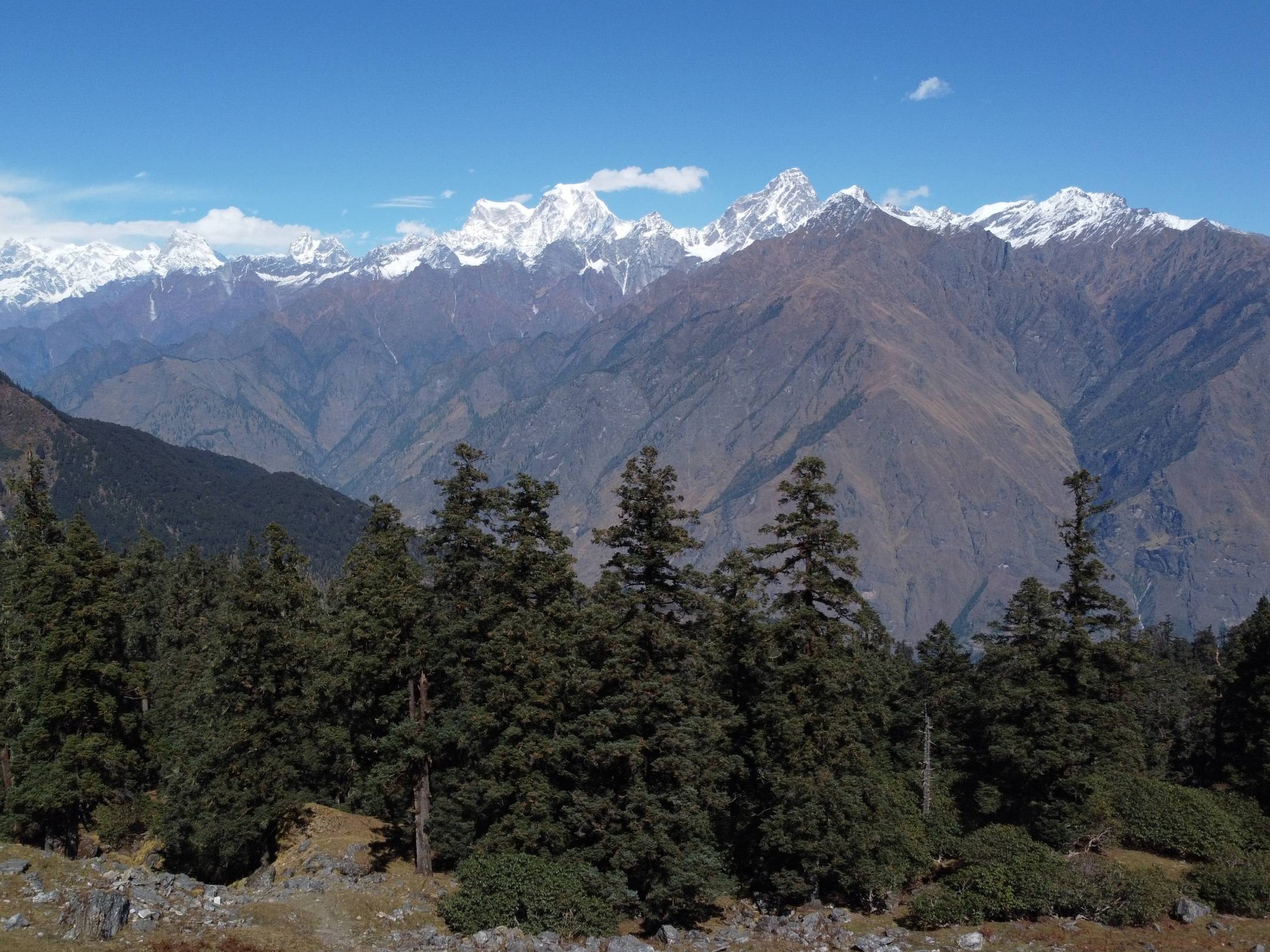
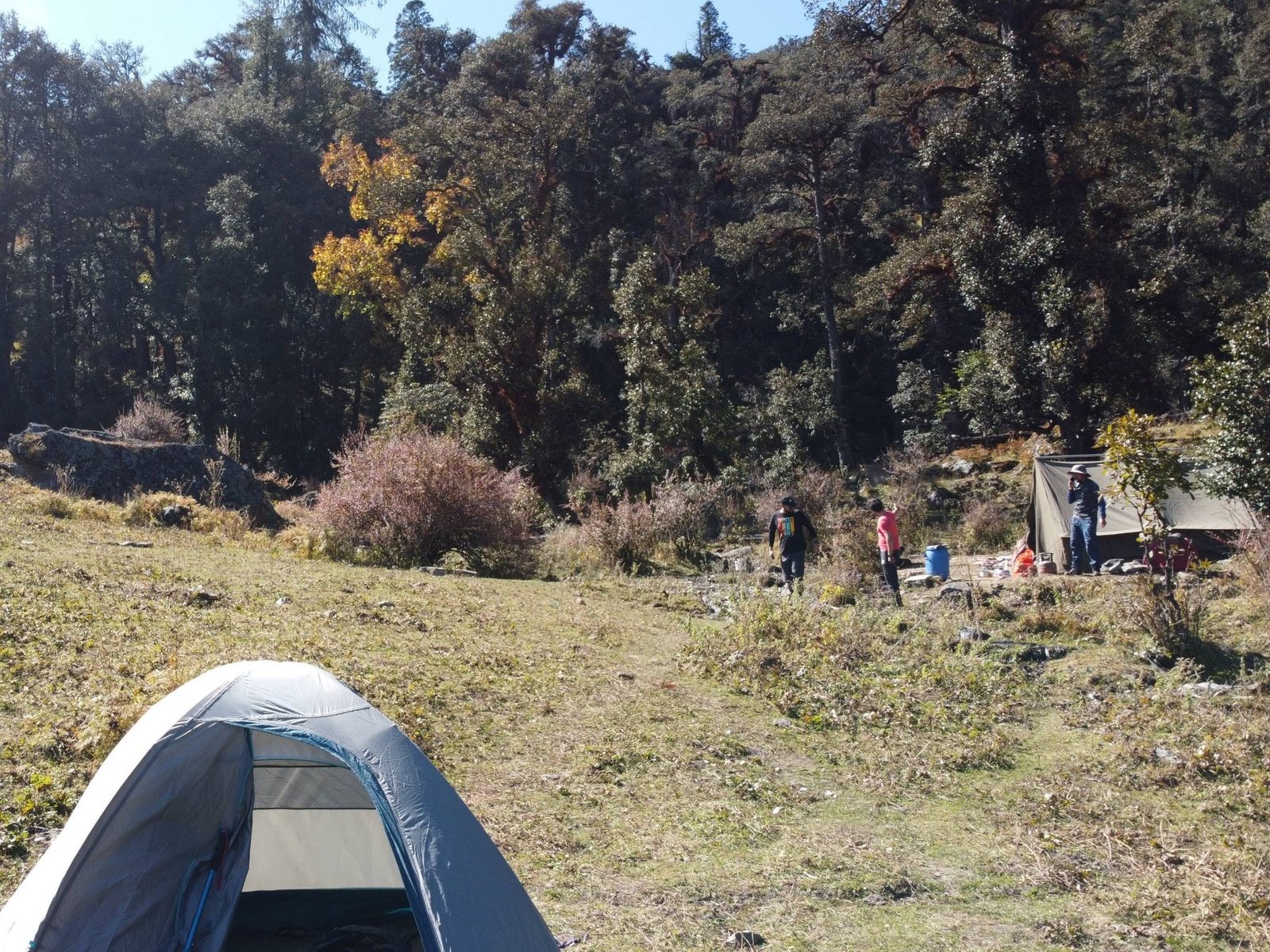

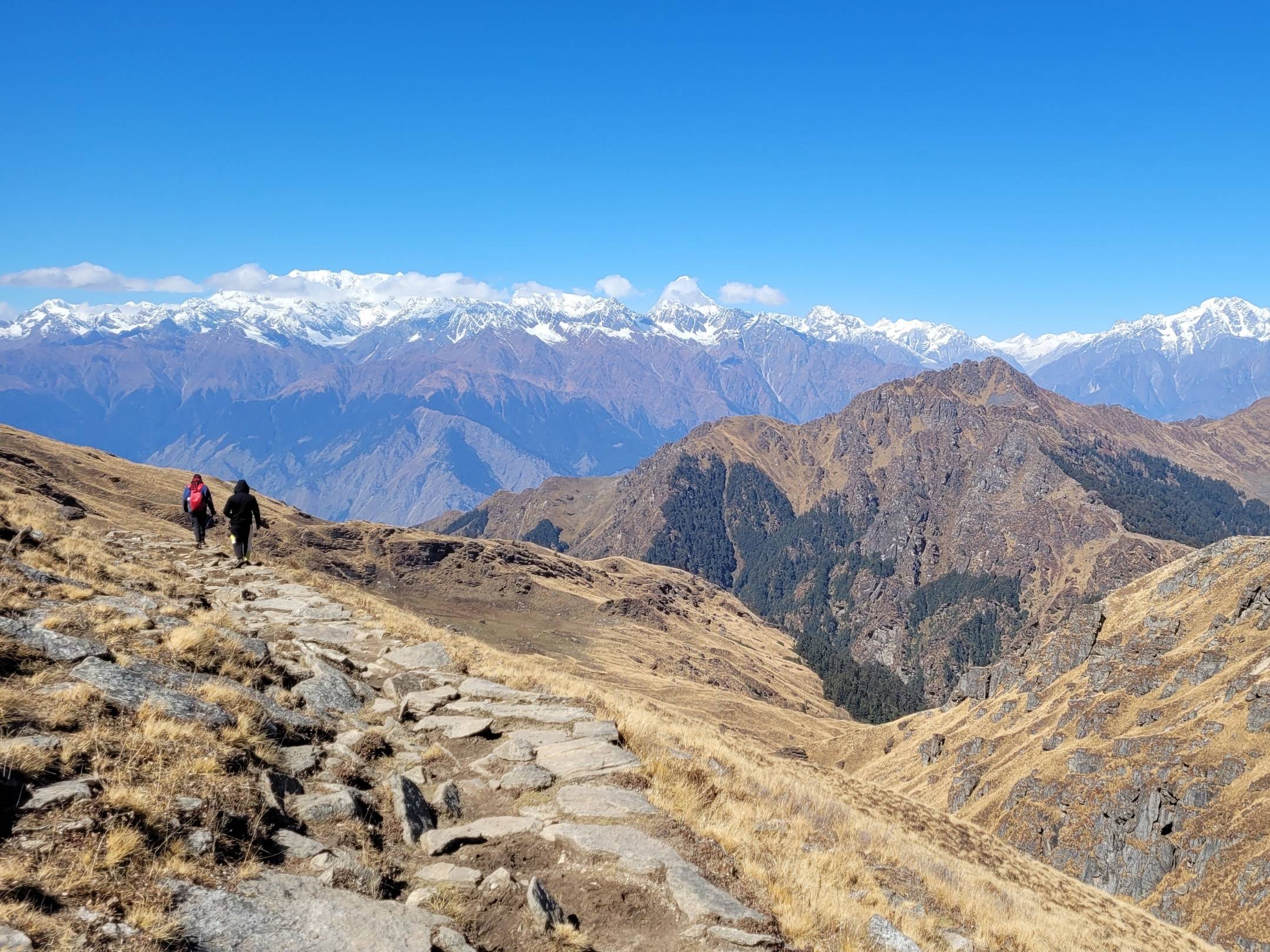

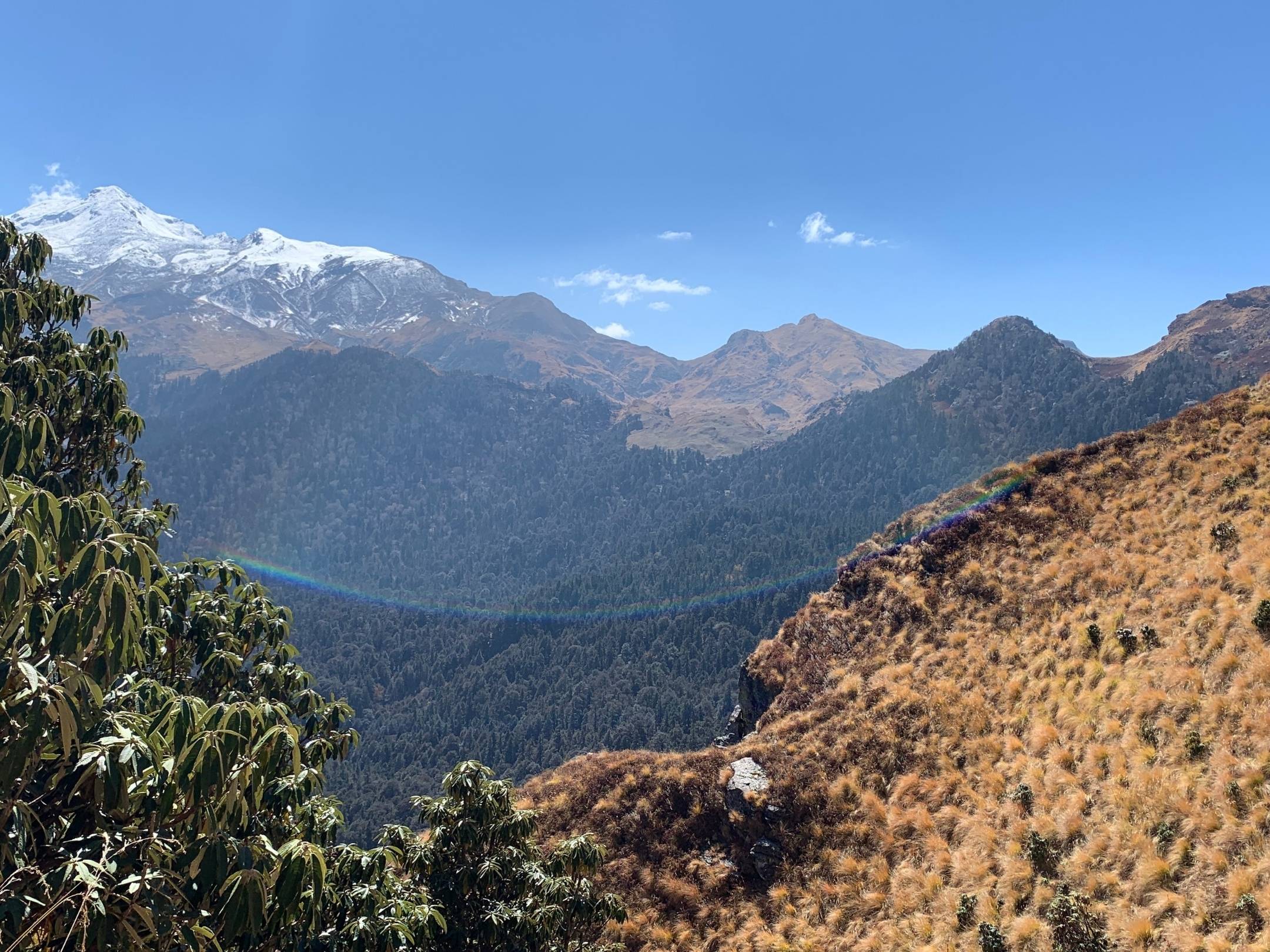
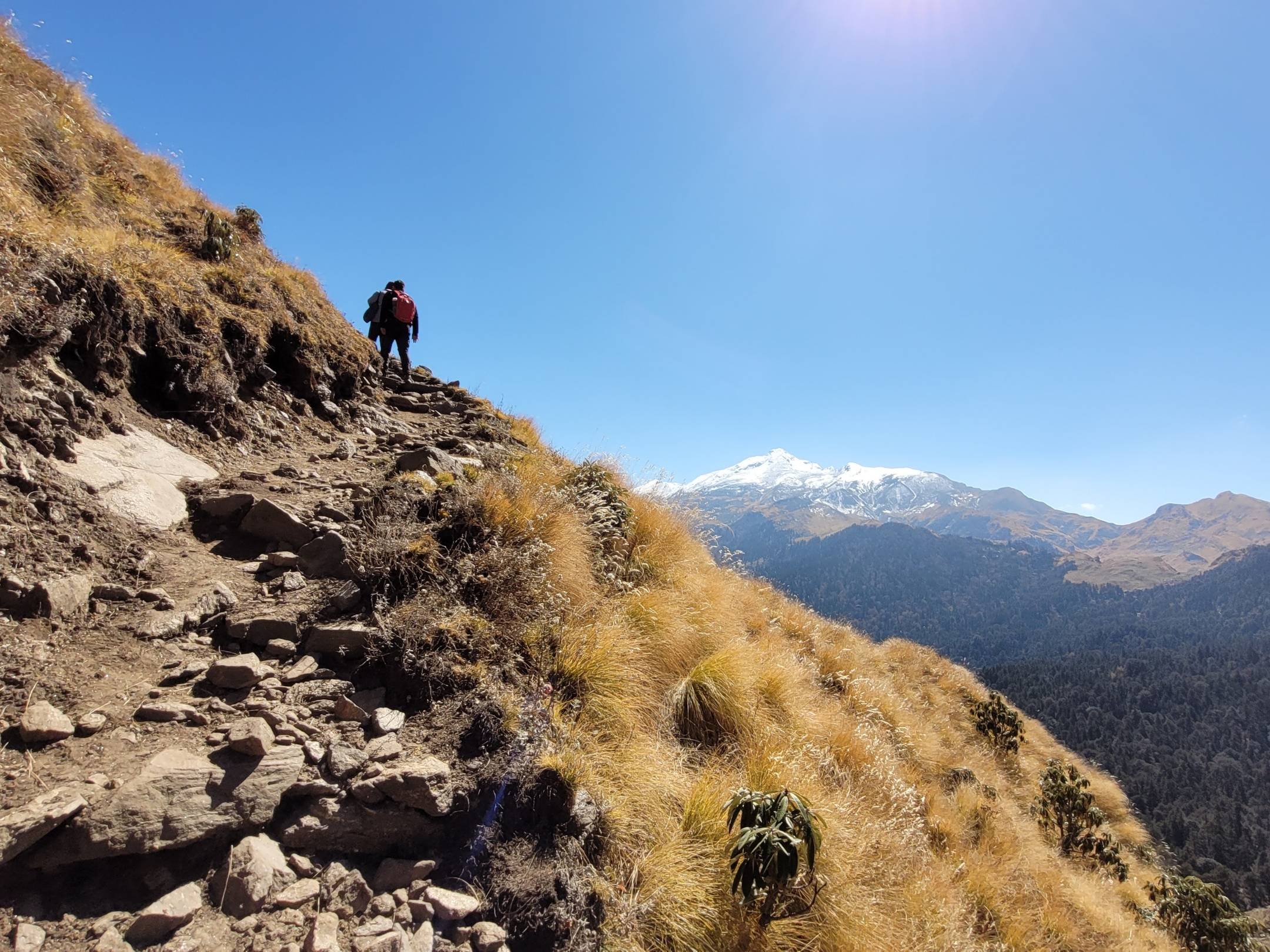


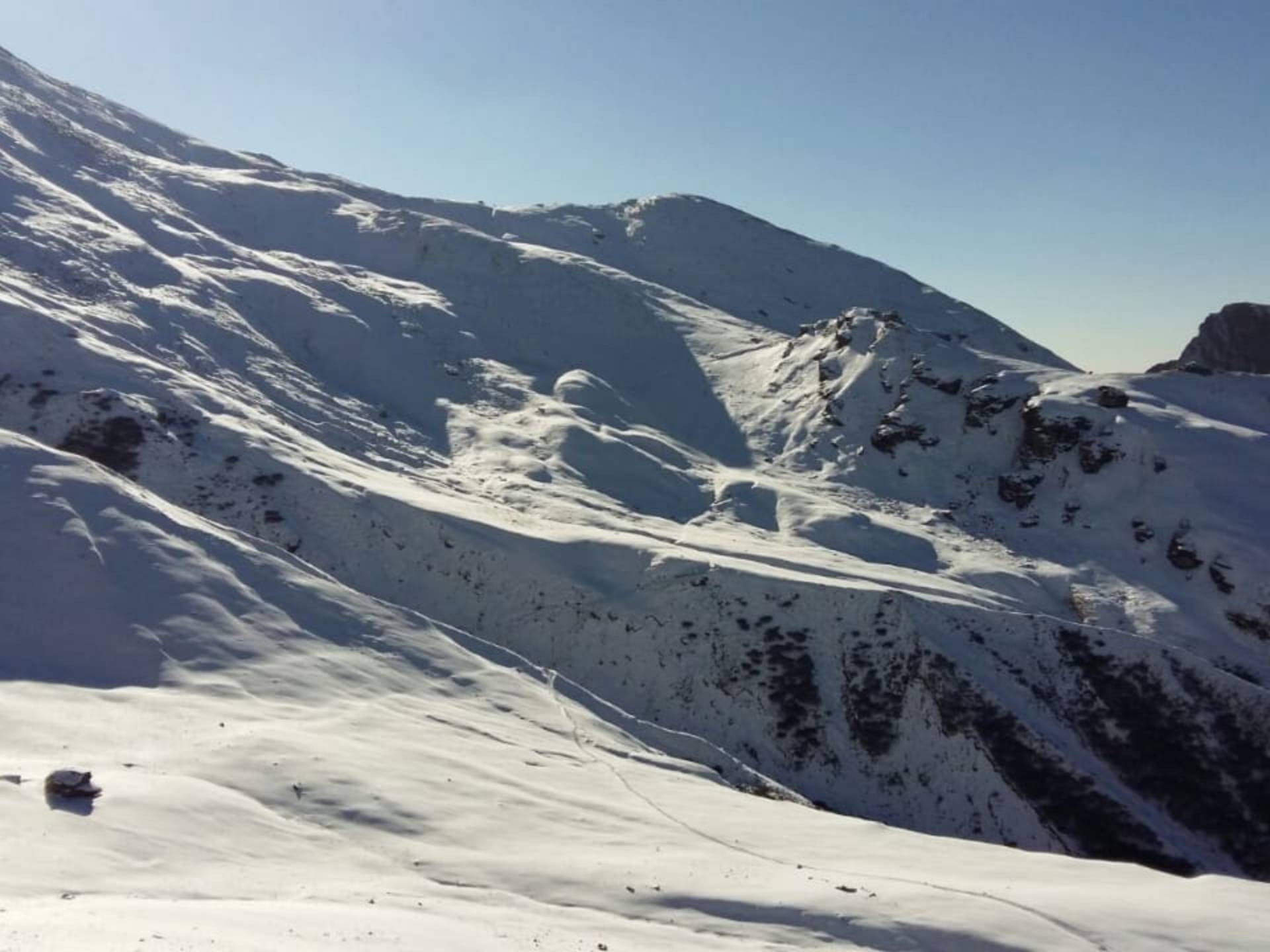
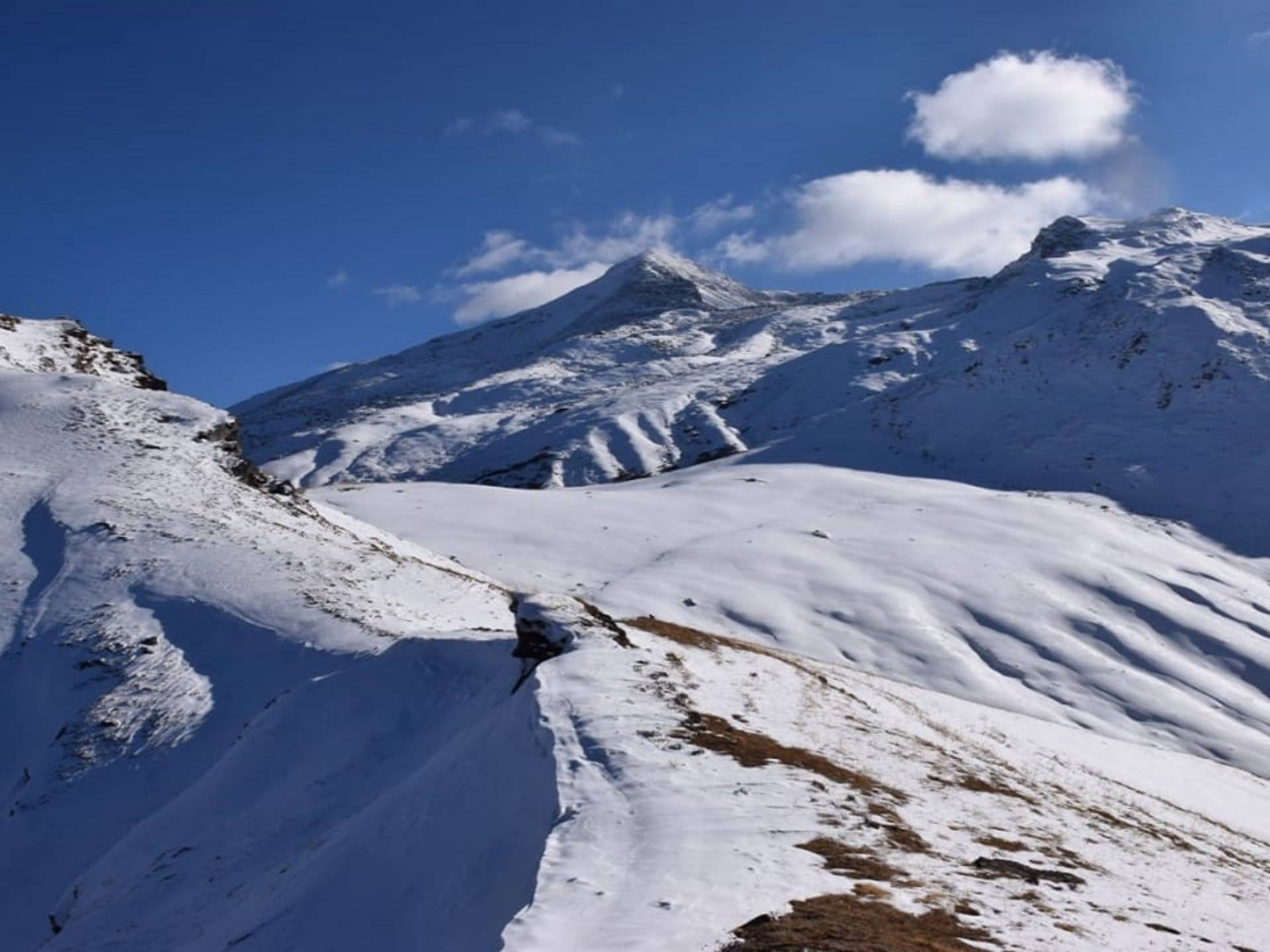
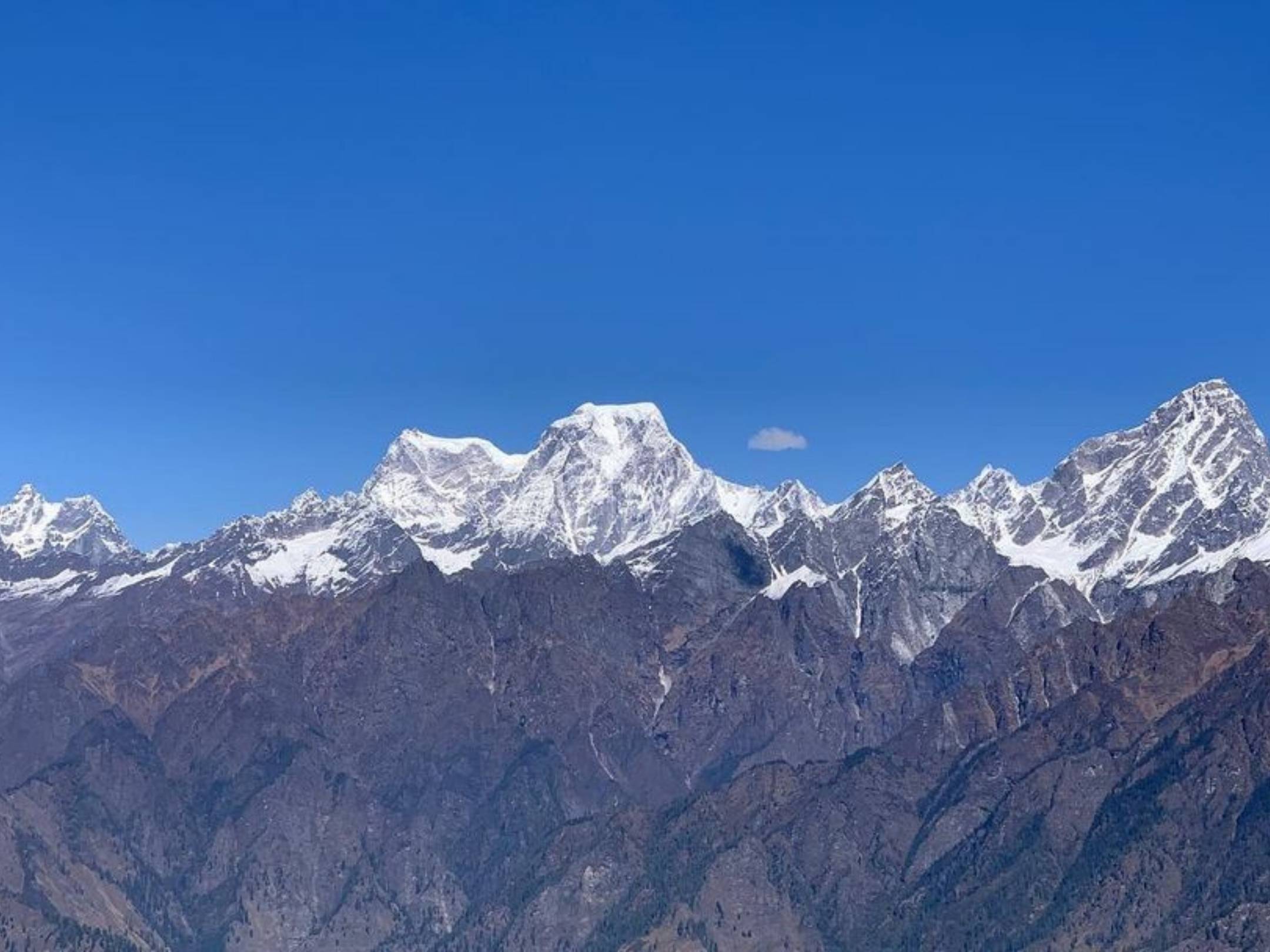
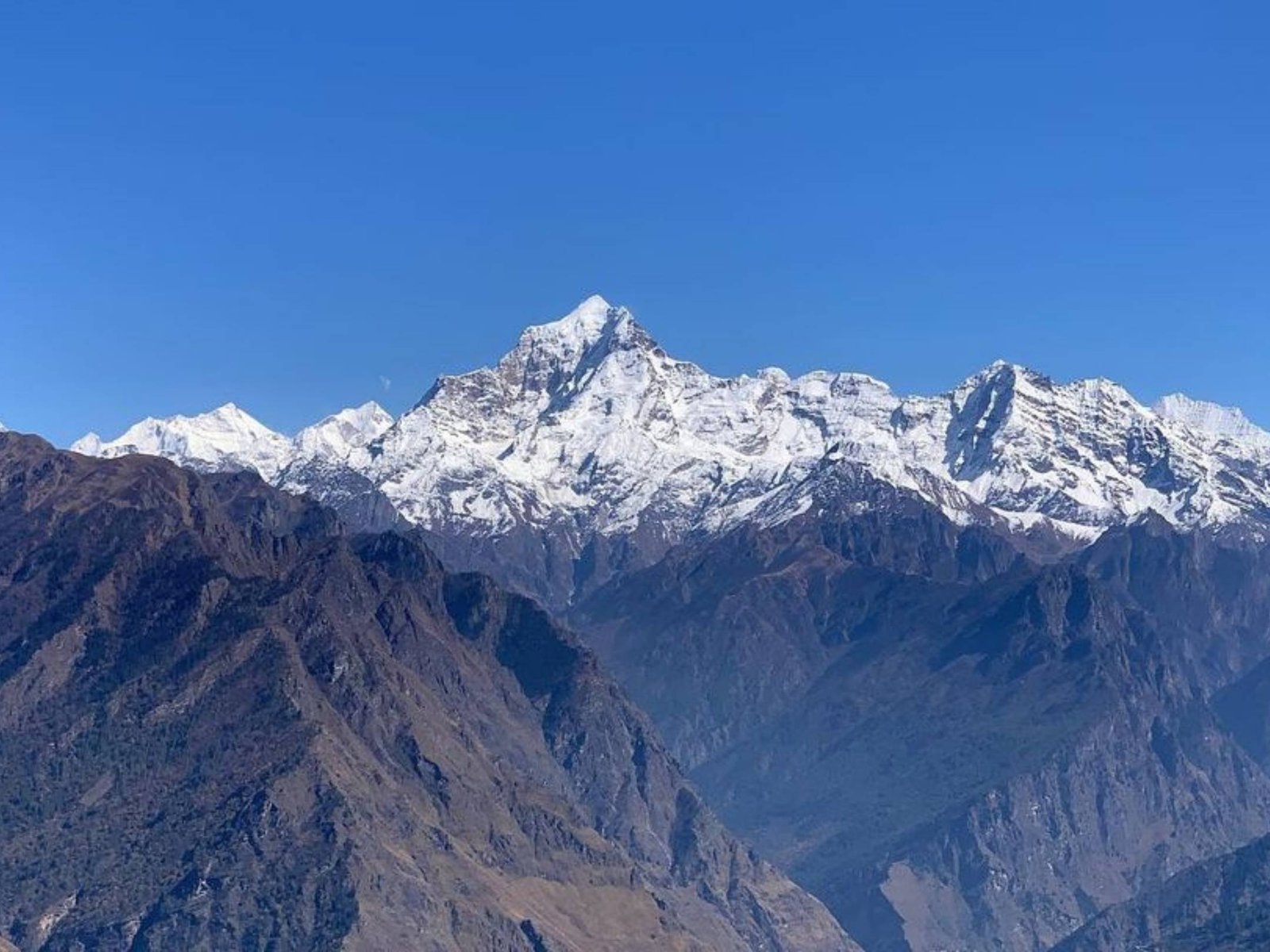


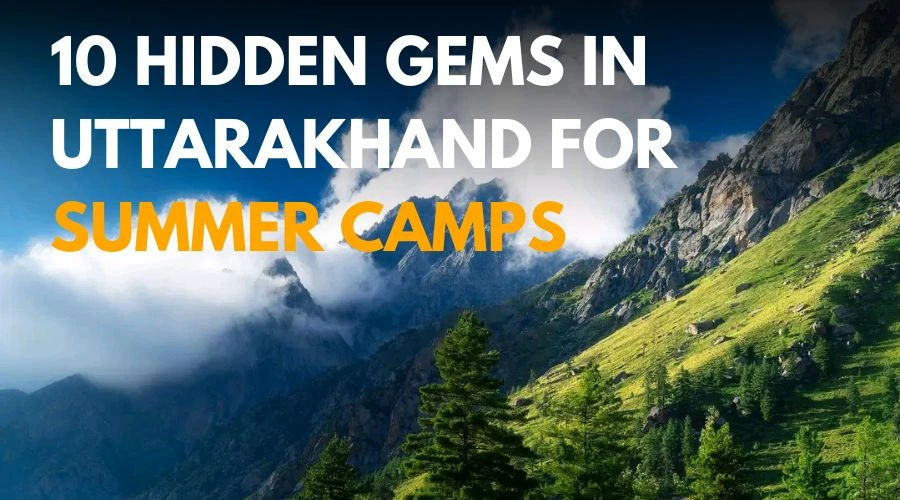

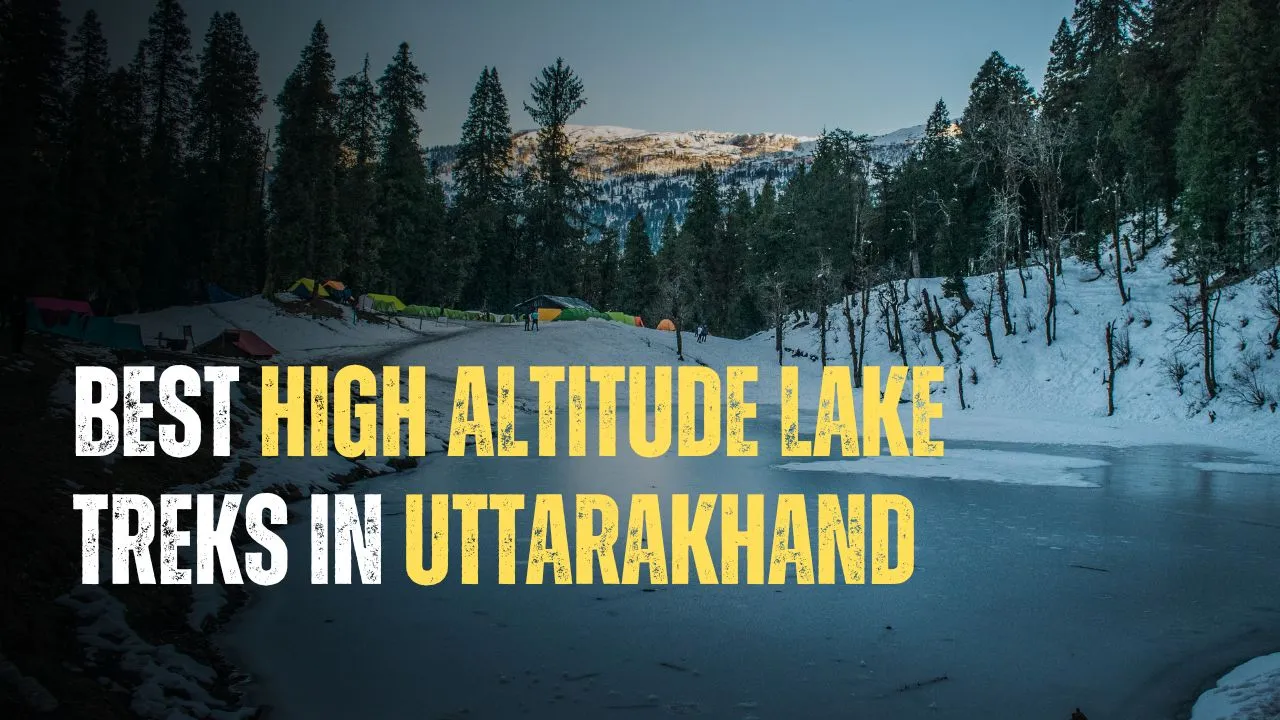
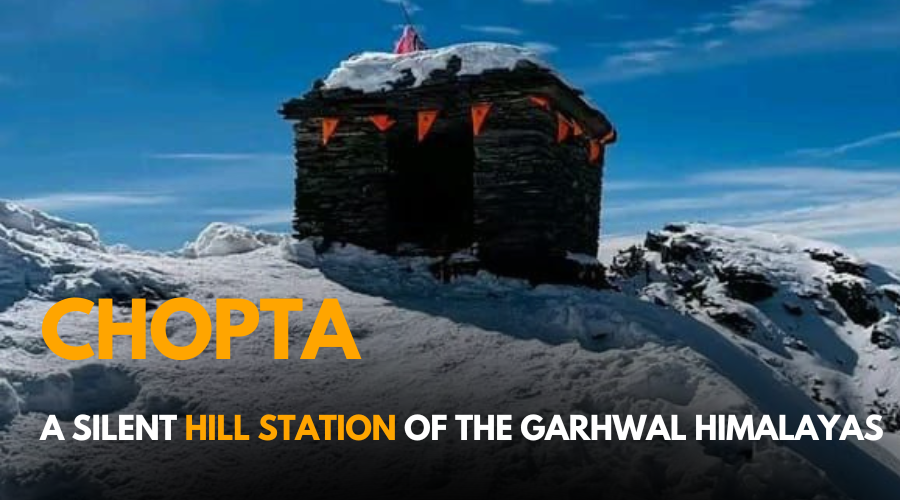
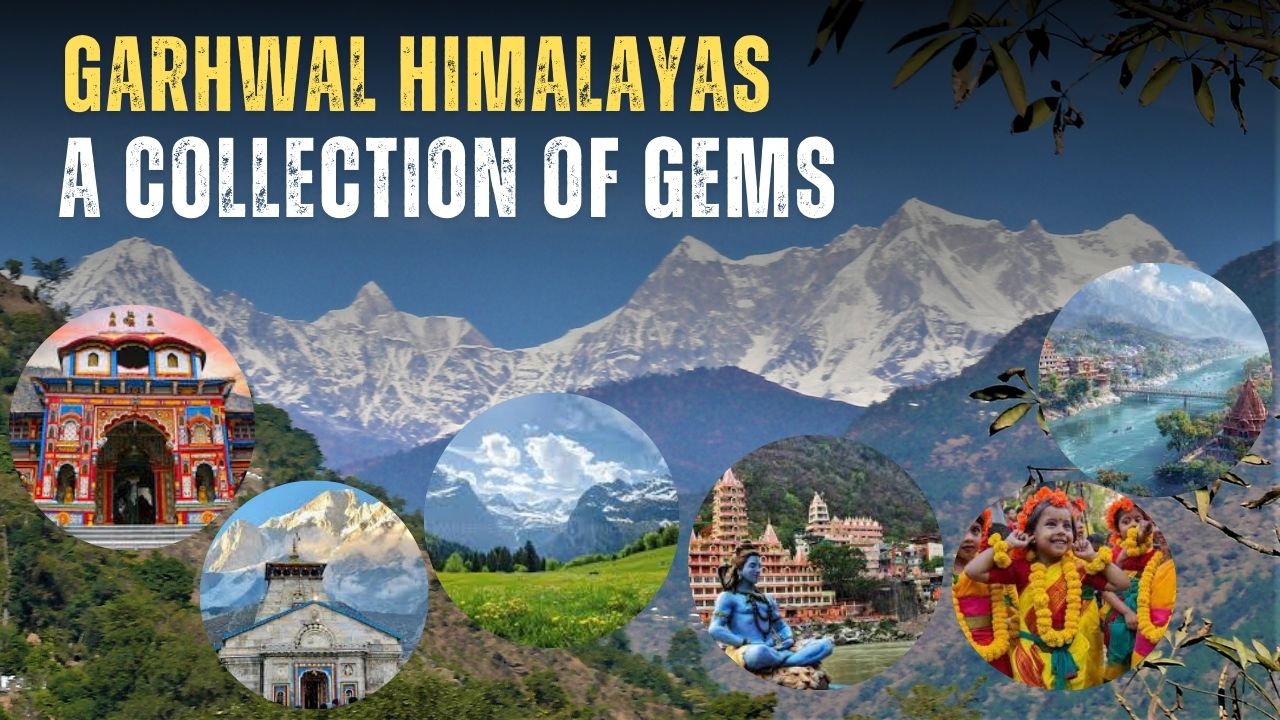

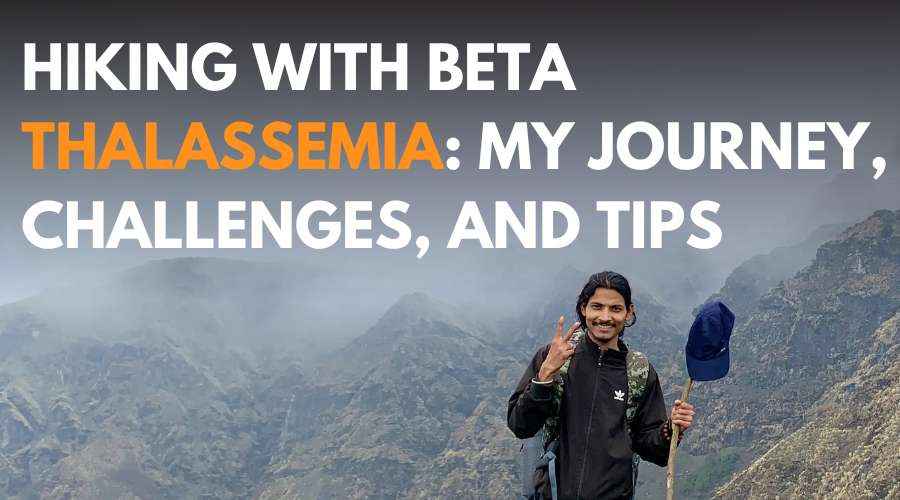
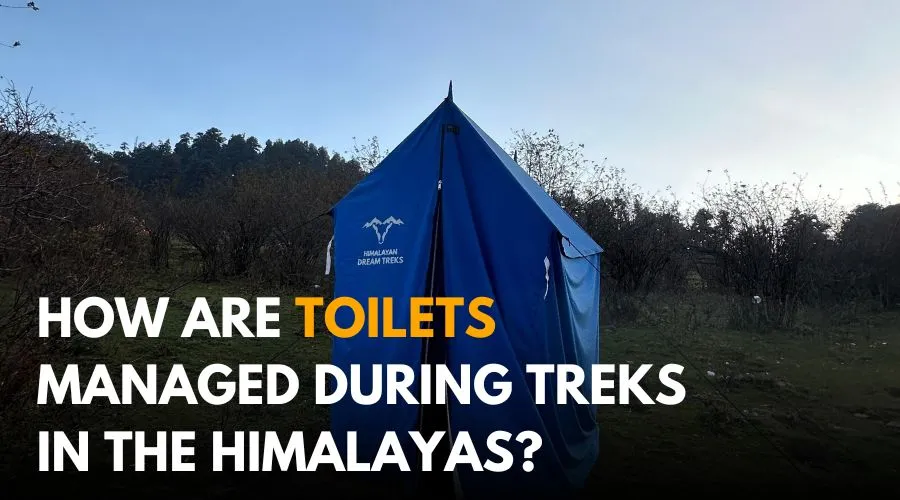

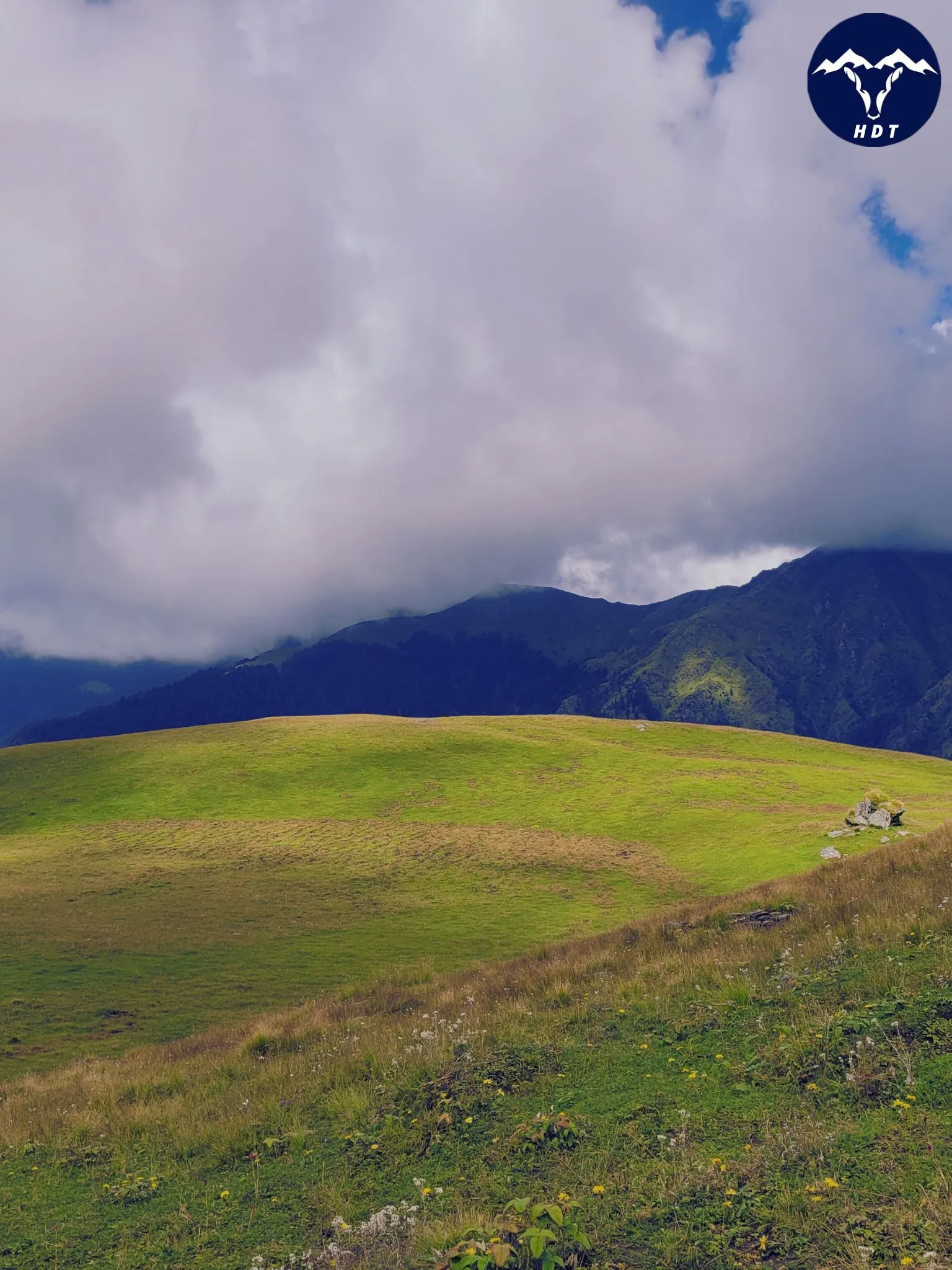
Leave a Comment